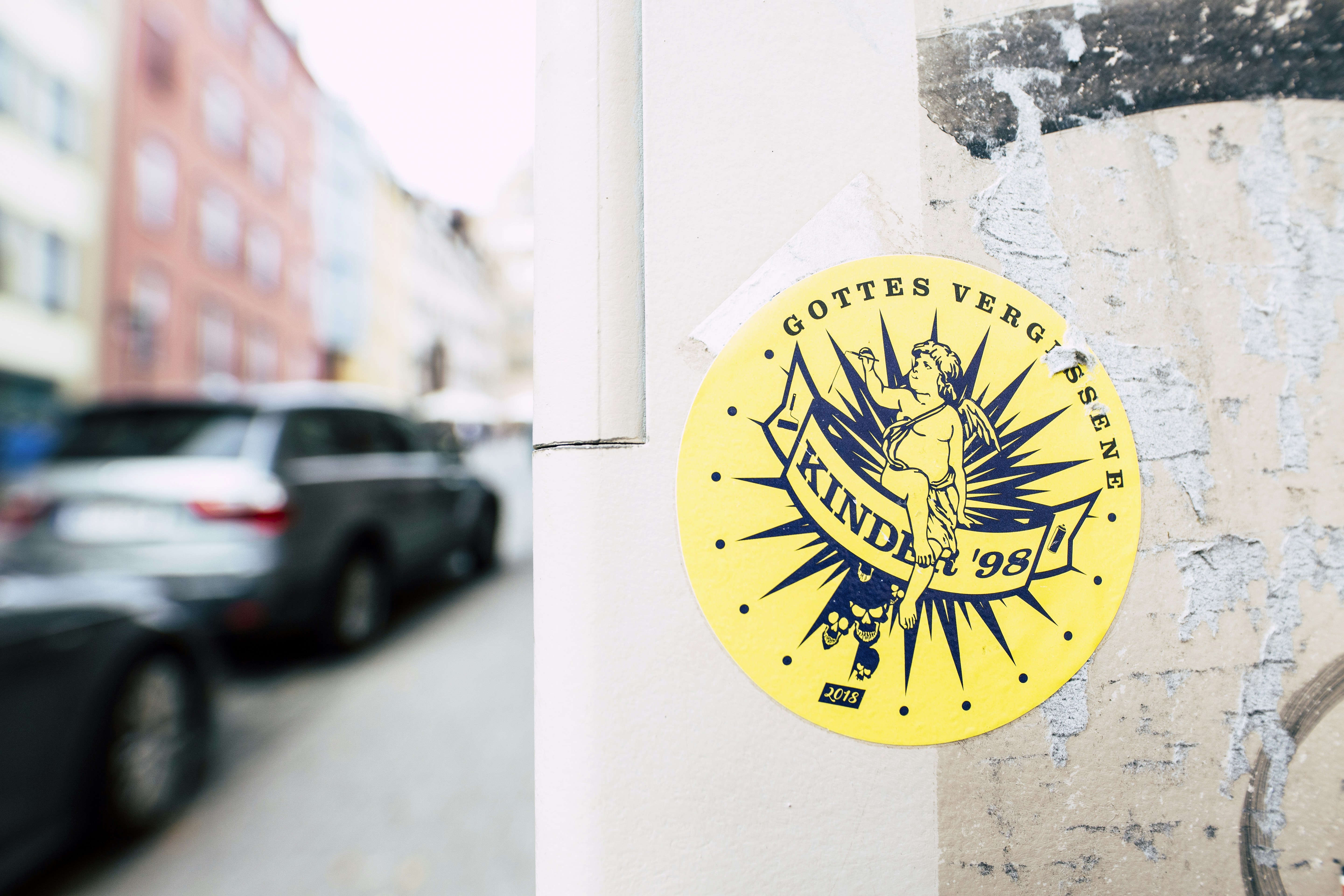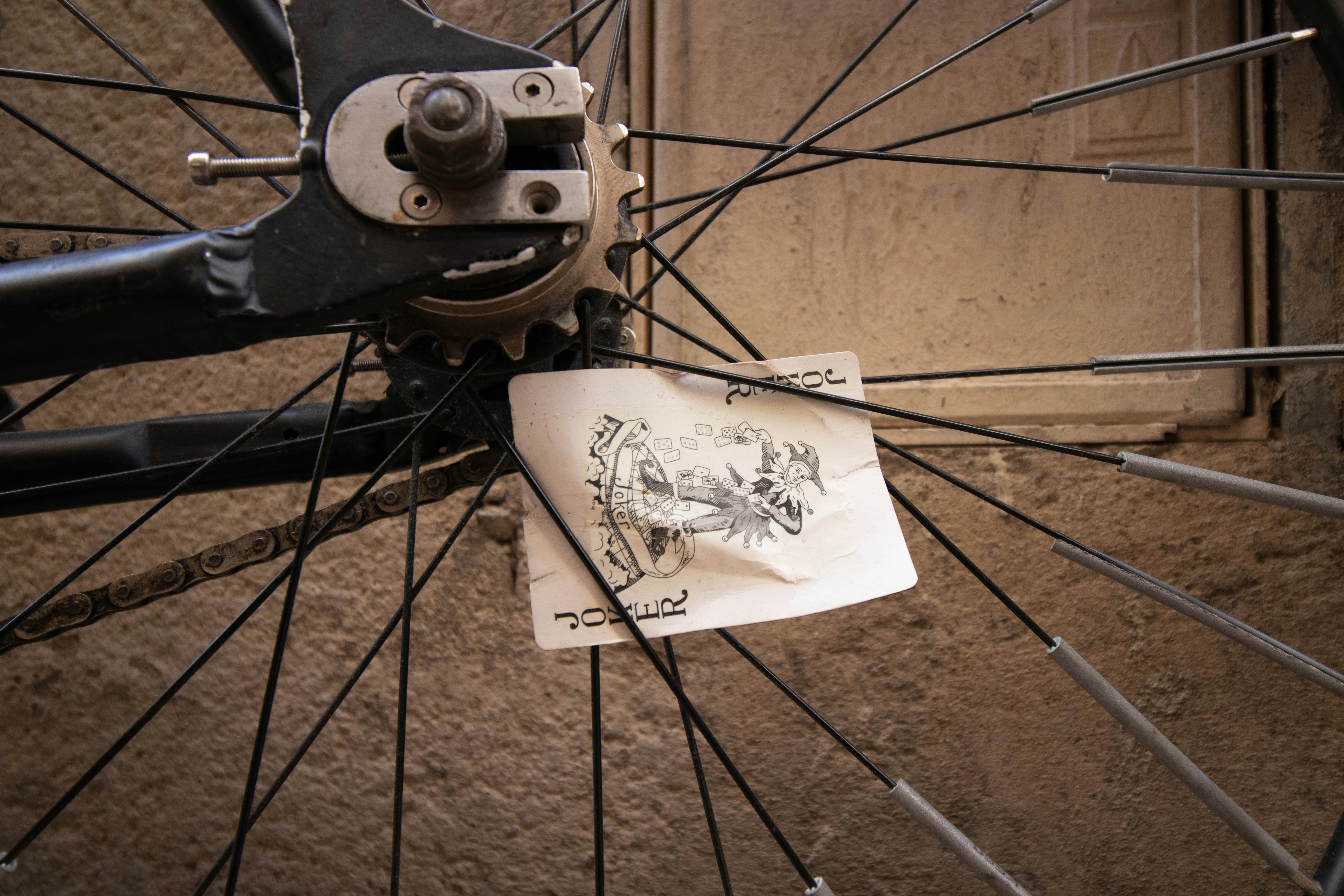How to Choose the Right Labeling Machine for Your Business Needs?

Introduction to Labeling Machines
In the fast-paced world of manufacturing and packaging, efficiency is key. One vital component that can make or break your production line is a labeling machine. These machines not only ensure that your products are correctly labeled but also enhance brand visibility and compliance with regulations. With a variety of options available, choosing the right labeling machine for your business needs can feel overwhelming.
Whether you’re just starting out or looking to upgrade your existing equipment, understanding the different types of labeling machines and their functionalities will help you make an informed decision. Let’s dive into what you need to know to find the perfect fit for your operations!
Types of Labeling Machines: Manual, Semi-Automatic, and Fully Automatic
Labeling machines come in various forms to cater to different business needs. Understanding these types is crucial for making an informed choice.
Manual labeling machines are the simplest option. They require operators to apply labels by hand, making them ideal for small businesses or low-volume production. This method allows for personalization but can be time-consuming.
Semi-automatic labeling machines offer a balance between efficiency and control. Operators load products manually, while the machine automates the application of labels. This setup is perfect for companies experiencing moderate growth who want speed without sacrificing quality.
Fully automatic labeling machines stand at the pinnacle of technology. These systems handle everything from product feeding to label application with minimal human intervention. They are designed for high-volume operations where speed and precision are paramount, ensuring consistent output throughout production runs.
Factors to Consider When Choosing a Labeling Machine:
When selecting a labeling machine, one of the primary factors to consider is your production volume. Understanding how many products you label daily will help determine whether you need a manual, semi-automatic, or fully automatic system.
Next up are the types of products you’ll be labeling. Different machines cater to various shapes and sizes. Whether you’re working with bottles, jars, or boxes can influence your choice significantly.
Labeling requirements also play a crucial role. Consider if you need front and back labeling or specialized applications like tamper-evident seals. These specifics can narrow down your options substantially.
Think about future scalability. Will your business grow? Choosing a machine that adapts to increasing demands can save you headaches later on and ensure longevity in your investment decision.
A. Production volume
When selecting a labeling machine, production volume holds significant weight. Understanding your output needs is crucial. Are you operating a small artisan business or running a high-capacity factory?
For low to moderate volumes, manual or semi-automatic machines may suffice. They offer flexibility and are often more budget-friendly. However, as your production demands increase, so should the efficiency of your equipment.
High-volume operations benefit greatly from fully automatic labeling machines. These systems streamline the process and reduce labor costs while maintaining speed and accuracy throughout long runs.
Assessing future growth is also important. Investing in a machine that can scale with your production ensures longevity and maximizes returns on investment. Make sure to choose wisely based on both current and anticipated needs to avoid frequent upgrades or replacements later on.
B. Types of products being labeled
When selecting a labeling machine, consider the types of products you’ll be labeling. Different products have unique shapes, sizes, and materials that can influence your choice.
For instance, round bottles may require specific machinery designed to wrap labels snugly around their curved surfaces. In contrast, flat boxes need machines capable of applying labels evenly on both ends without misalignment.
Additionally, delicate items like glass containers necessitate gentle handling to avoid damage during the labeling process. Understanding how each product interacts with various label types is crucial.
Food packaging often labeling machine demands compliance with health regulations; thus a machine must accommodate special requirements such as ingredient lists or nutritional information. By aligning your labeling machine selection with your product characteristics, you ensure efficiency and accuracy in your operations.
C. Labeling requirements

Labeling requirements vary greatly depending on industry standards, regulations, and the specific needs of your product. Understanding these requirements is crucial when selecting a labeling machine.
Consider whether your labels need to include barcodes, QR codes, or even nutritional information. Each type requires different printing technology and application methods.
Additionally, think about label size and shape. Some machines are designed for standard sizes while others can handle custom dimensions. This flexibility could be vital for your branding strategy.
Compliance with local and international labeling laws is another factor to take into account. Specific industries may have stringent guidelines that dictate what must appear on a label.
Consider how durable the labels should be—will they endure moisture or extreme temperatures? The right machine will accommodate such specifications seamlessly.
Top Features to Look for in a Labeling Machine:
When selecting a labeling machine, speed and accuracy should be top priorities. A fast machine that maintains precision will enhance your production efficiency without compromising quality.
Versatility is another essential feature. Look for machines that can handle a variety of label types, sizes, and materials. This flexibility allows you to adapt quickly to changing product lines or packaging requirements.
A user-friendly interface makes operation smoother for your team. Machines with intuitive controls reduce training time and minimize the risk of errors during production runs.
Additionally, consider features like automatic adjustments for different products. This ensures seamless transitions between batches without extensive downtime.
Durability matters. A robust construction means less maintenance and longer-lasting performance in demanding environments. Choosing a reliable labeling machine ultimately contributes to smooth operations in your business.
A. Speed and accuracy
When selecting a labeling machine, speed and accuracy are paramount. A high-speed machine can significantly boost your production line efficiency. If you frequently handle large volumes of products, this feature becomes essential.
Accuracy labeling machine wholesale cannot be overlooked. Mislabeling can lead to costly mistakes, regulatory issues, or brand damage. An effective labeling machine should apply labels precisely every time without errors.
Look for machines with adjustable speeds that cater to your specific needs. This flexibility allows you to manage varying production runs effortlessly.
Additionally, consider models equipped with advanced technology that ensures precise label placement on diverse product shapes and sizes. Such precision minimizes waste and enhances overall productivity.
Investing in a fast yet accurate labeling solution will pay off in the long term through improved workflow and reduced operational costs.
B. Versatility and flexibility
Versatility and flexibility are crucial when selecting a labeling machine. A machine that can adapt to various product sizes and shapes will save you time and resources. It’s essential for businesses with diverse inventory.
Look for machines equipped with adjustable components. This feature allows easy transitions between different types of labels and containers. Whether you’re working with bottles, jars, or boxes, adaptability is key.
A flexible labeling machine can also accommodate different label materials—paper, plastic, or special finishes. This capability ensures you meet specific branding requirements without investing in multiple machines.
Moreover, consider the ease of changing settings between jobs. A user-friendly system minimizes downtime during production switches, enhancing operational efficiency over time. Flexibility in design not only simplifies processes but also supports growth as your business evolves.
C. User-friendly interface

A user-friendly interface is crucial in a labeling machine. It can make the difference between a smooth operation and frustrating downtime. When operators easily understand the controls, it boosts efficiency.
Look for machines with intuitive displays and straightforward navigation. Touchscreen interfaces are often more accessible than traditional buttons and switches. They allow quick adjustments on-the-fly without complicated procedures.
Additionally, consider how easy it is to set up different labeling tasks. A good design should enable users to switch from one product type to another effortlessly. This flexibility saves time and keeps production flowing smoothly.
Training staff becomes simpler when the interface is clear and logical. Less time spent learning means more time focused on productivity, which ultimately benefits your bottom line.
Cost Analysis: Purch
Cost analysis is a critical aspect when selecting the right labeling machine for your business. The initial purchase price can vary significantly based on the type and features of the machine you choose. Manual machines tend to be more affordable but may not keep up with high production demands.
Semi-automatic machines offer a balance between cost and efficiency, making them suitable for businesses experiencing moderate growth. Fully automatic labeling machines come at a higher price point, but they provide increased speed and precision, which can lead to greater long-term savings by reducing labor costs and minimizing errors.
When considering your budget, it’s also essential to factor in ongoing maintenance costs and potential training expenses for staff. Some advanced models may require specialized knowledge or skills to operate effectively.
Investing in a quality labeling machine tailored to your specific needs will ultimately pay off through improved productivity and enhanced product presentation. Careful assessment of all these factors ensures that you make an informed decision that aligns with both your current requirements and future expansion plans.

